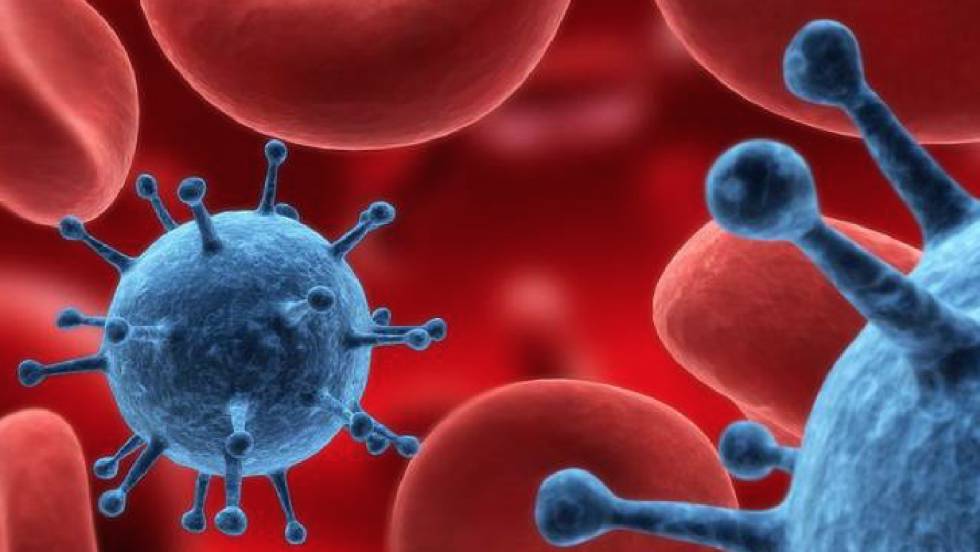Cushing’s Syndrome
Syndrome produced when excess amount of glucocorticoids
is produced.
MNEMONICS
C- Central
obesity(truncal) and moon face
U- urination
excess-Polyurea,ploy dyspsia
S- Striae(purple)
H-
Hypertension/hirsutism
I- Increased protein
metabolism ,so reduced CHO metabolism-Diabetes
N- + Na retention,oedema hypokalemia
G- glycosuria with insulin
resistant Diabetes mellitus
Syndr
O-
osteoporosis
M- Moon face,myopahy
E-Easy
bruising
Cushin’s syndrome is
produced when excess amount of glucocorticoid is produced.
Pituitary
dependent disease is called Cushings
disease
CAUSES:
I.Adrenal
hyperplasia
A. secondary to pituitary hypothalamic dysfunction
B.Secondary to ACTH producing tumors
i) Pituitary tumors
ii) non endocrine
tumors like bronghogenic carcinoma
II.
Adrenal nodular hyperplasia
III.Adrenal
neoplasia
i)
Adenoma
ii)
Carcinoma
IV.Exogenous(iotrogenic)
i)
Prolonged use of glucocorticoids
ii)
Prolonged use of ACTH
CLINICAL
FEATURES
i)Typical
habitus with obesity of the trunk,moon face with buffalo hump
ii)Increased body weight ,muscle weakness and
fatigability.
iii)
Hypertension
iv)
Hirsutism
v)
Amonorrhea
vi)
Cutaneous striae,ecchymosis,acne
vii)
Personality changes
viii)
Polyurea,polydipsia
INVESTIGATIONS
and LABORATARY FINDINGS:
i)
Circulating eosinophils below
100cells per cubic mm
ii)
Generalised osteo porosis best made out in pelvis and spine
iii)
Diabetes/impaired glucose tolerence
iv)
Elevated plasma and urinary
17-hydroxy corticoid
v)
(normal urinary level being 2-10
mg/24hrs) with loss of diurnal excretory pattern
Etiological
diagnosis of Suspected Cushing’s syndrome
Alternative
screening tests
a i )
Plasma cortisol(8A.M)> 5µg/100ml
after 1mg dexamethasone at night-not suppressed as in normal people.
b ii )
Urinary 17-OH>10mg per 24 hrs
c iii )
Urinary free cortisol>100 µg in
24hrs
d iv )
Plasma cortisol showing absent
diurnal variation
.Other tests
electrolytes may show hypokalemia
Glucose intolerance may be present
Hypertension may be present
CXR–to exclude bronchial carcinoma
ACTH levels
High in pituitary disease, very high in ectopic ACTH
syndrome-
Low in adrenal disease
CT scan of pituitary and adrenals identifies tumors.
Sample from inferior petrosal sinus for ACTH localizes pituitary
tumors
TREATMENT
Surgery
Indication
:
for most
pituitary and adrenal tumors
Some cases of ectopic ACTH syndrome
In
cases not amenable to surgery-
Metapyrone and amino-glut –ethimide which inhibits
cortisol production may help.
The above drugs are also used preoperatively.
For
cushings disease –radiotherapy to pituitary.
Iotrogenic
cushings syndrome –responds to reduction in steroid
dosage.In such cases Azathioprine may be used in conjunction to reduce dose
of steroids.
Note:
Cushings Syndrome is potentially fatal if
untreated,so patients must be fllowed up
regularly.
But most can be treated effectively and can also be
cured.






